High waist lines, headscarves, vertical lines drawn with eye pencil down the back of the leg, carefully curled hair, long painted nails and red lipstick… in 1941 the bombs were falling, the city was burning but the women of Liverpool were going to work to do their bit and keeping their morale up (and everyone else’s) by looking their best!


However, with women being called up to work for the war effort in factories and fields, the style of clothes inevitably became more practical. So dawned the era of utility fashion. The government took over the control of all imported raw material including cloth. Utility clothing was produced towards the end of 1941 to aid the economy and help the war effort.
Clothes had to be designed and made from Government patterns so that the clothes were simple, plain and practical – and, most importantly, did not waste fabric. Garments were not allowed to have fancy pleats, hem allowances were minimal, and only a few functional fastenings were allowed as decoration. Many women wore their pre-war jewelery to accessories the plain utility garments and add a touch of individual style.

The Civilian Clothing 41 label was placed onto a garment to show it was made to conforms to the strict government clothing regulations.




Clothes were rationed during the war. In 1941 individuals were awarded just 66 points for clothing per year. By 1945 the amount of coupons per person was reduced to just 24! To give an idea of what this meant… in 1945, an overcoat (wool and fully lined) used 18 coupons; a man’s suit used approximately 28; men’s shoes 9, women’s shoes 7; woollen dress 11. Children aged 14–16 received 20 more coupons. Clothing rationing points could be used for wool, cotton and household textiles. People had extra points for work clothes, such as overalls for factory work.
As a result the government launched a “make do and mend” campaign. The aim was to encourage people to take good care of their clothes and mend them when they became worn, rather than throw them away and buy new ones.

Production of silk and nylon stockings ceased altogether in Britain in 1940. Materials were in short supply and silk was needed to make parachutes for the Armed Forces.

Due to the rarity of stockings, they were a desirable commodity and the small supply available on the black market were very highly sort after. When the american soldiers arrived in Britain they often used gifts such as stockings, which were in plentiful supply over the pond, to endear themselves to the local girls. However many women chose to use a variety of different methods to make their bare legs up to look like they wear wearing stockings…

Other fashion items which became popular on the home front were the wedge sole shoe, the turban, the siren suit and the kangaroo cloak. The turban equalised people of all classes. It began as a simple safety device to prevent the wearer’s hair entangling in factory machinery. It doubled as a disguise for unkempt hair which women had less time to attend to being so busy running homes, working and giving extra help wherever they could.

Women made the best of a bad situation and despite such drastic restrictions on clothing and fabric they made every effort to keep standards high, taking pride in their appearance as much as possible.








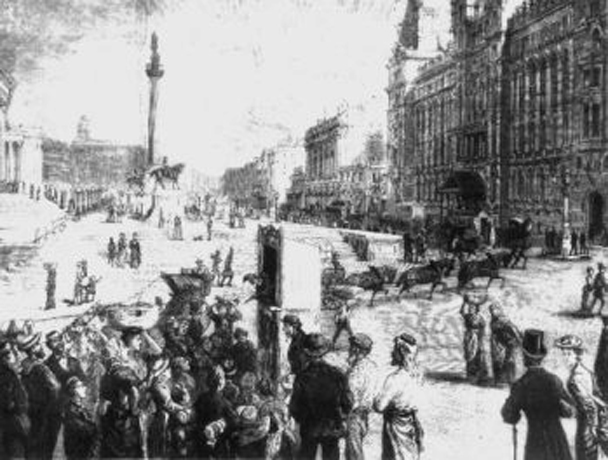
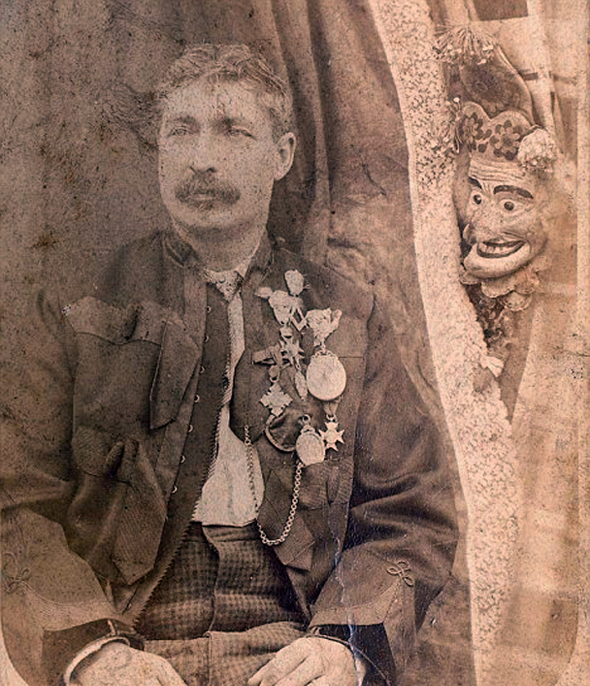

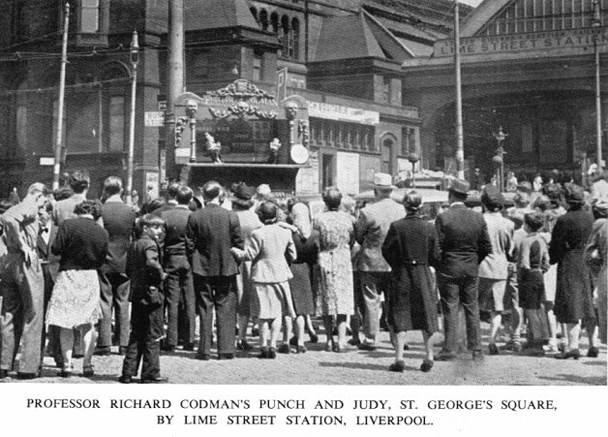
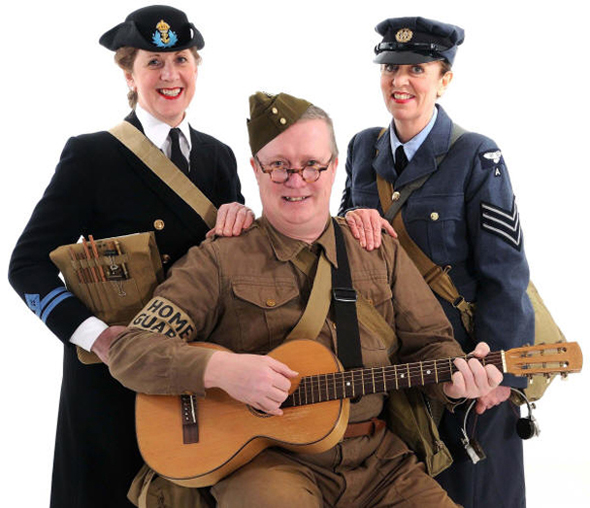
















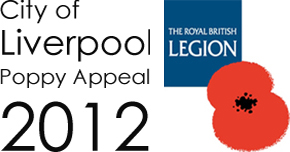
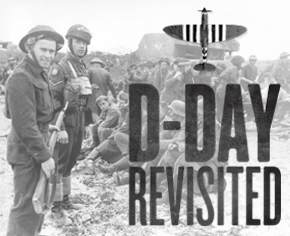
 About
About